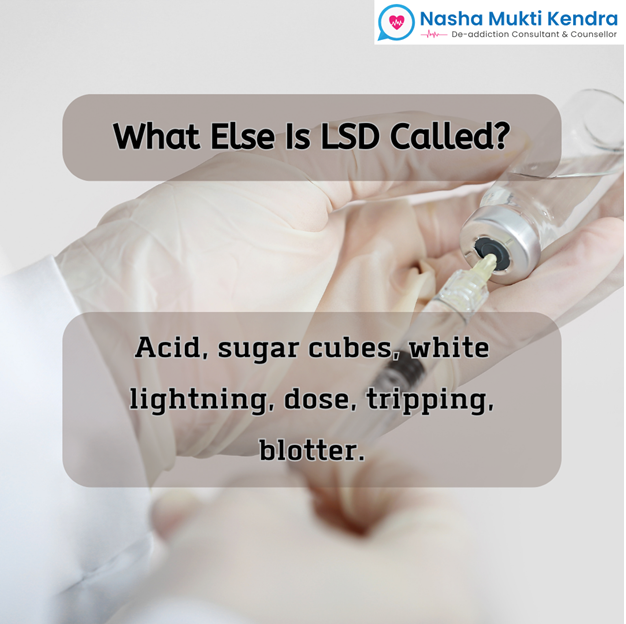Acid drugs, commonly referred to as LSD or lysergic acid diethylamide, are powerful hallucinogens that can significantly alter an individual’s perception, thoughts, and emotions. These substances have a long history dating back to the 1940s when they were first synthesized by Swiss chemist Albert Hofmann. This article aims to provide an overview of acid drugs, including their appearance, administration methods, and the risks associated with their use. Furthermore, we will discuss important considerations for protecting children, teens, and young adults.
What Does Acid Drug Look Like?
Acid drugs typically come in the form of small squares of blotter paper that have been infused with LSD. These paper tabs are often decorated with colourful designs, ranging from patterns to iconic symbols. The designs serve as an identification mark for different manufacturers or distributors. Alternatively, an acid may also be found in the form of gelatinous squares, capsules, or liquid droplets. These various forms make it easier for individuals to transport and consume the substance.
How to Use Acid Drugs?
There are several methods of consuming acid drugs, each with its own implications. The most common approach is to place the small blotter paper on or under the tongue and allow it to dissolve. LSD is absorbed through the mucous membranes and enters the bloodstream, leading to its psychoactive effects. Another method involves swallowing the blotter paper or gelatinous form, but this approach may take longer for the drug to take effect.
It is crucial to note that acid drugs are extremely potent, with effects lasting up to 12 hours or more. Therefore, it is important for individuals who decide to use acid to be in a safe and comfortable environment, preferably with a trusted friend or sober companion. This ensures a supportive environment that can mitigate any potential risks associated with the psychedelic experience.
What You Need to Know to Help Protect Children, Teens, and Young Adults?
Education and Communication: Open and honest conversations about drugs, including acid, are crucial in protecting children, teens, and young adults. Providing accurate information about the risks and consequences of drug use helps establish a foundation for informed decision-making. Parents, educators, and caregivers should be proactive in discussing drug use and maintaining open lines of communication.
Establishing Boundaries: Setting clear boundaries regarding drug use is essential. Parents and guardians should express their expectations and consequences for substance abuse. Building a strong relationship based on trust and understanding can help young individuals make responsible choices.
Identifying Warning Signs: Being aware of the warning signs of drug use can aid in early detection and intervention. Some common signs may include changes in behaviour, declining academic performance, sudden mood swings, withdrawal from family and friends, and physical changes like bloodshot eyes or dilated pupils. Promptly addressing these signs and seeking professional help is crucial.
Understand the Risk
The use of acid drugs carries inherent risks that individuals need to be aware of before experimenting with such substances. Some of the risks associated with acid drugs include:
Unpredictable Effects: Acid drugs alter an individual’s perception and cognition, making it difficult to predict how they will respond. The hallucinogenic experience can range from euphoria and sensory enhancement to intense anxiety and paranoia.
Bad Trips: A bad trip refers to a negative and overwhelming psychedelic experience. This can include terrifying hallucinations, intense anxiety, and a loss of control. Bad trips can have a lasting impact on an individual’s mental well-being and may even trigger long-term psychological disorders.
Flashbacks: Flashbacks are spontaneous recurrences of the hallucinogenic experience after the initial use of acid drugs. These flashbacks can happen weeks, months, or even years later, causing distress and interfering with daily functioning. Flashbacks can be triggered by various stimuli, such as stress, fatigue, or the use of other substances.
Physical Risks: While acid drugs are not known to cause physical dependence or overdose, they can have physical effects on the body. These effects may include increased heart rate, elevated blood pressure, dilated pupils, sweating, and tremors. In some cases, individuals may engage in risky behaviours or accidents due to impaired judgment and distorted perception.
Mental Health Impact: Acid drugs can have a profound impact on mental health, particularly in individuals who are predisposed to or have a history of mental health disorders. LSD use has been associated with the exacerbation of existing conditions such as anxiety disorders, depression, and schizophrenia. It is crucial for individuals with a history of mental health issues to exercise caution and consult with healthcare professionals before considering any substance use. Nasha Mukti Kendra has the best clinical psychology and treats people to gain mental strength. We can help you build your mental capacity.
Legal Consequences: The possession, distribution, and use of acid drugs are illegal in most countries. Engaging in these activities can lead to severe legal consequences, including criminal charges, fines, and imprisonment. It is important to remember that the legal implications extend beyond personal use and can affect individuals in various ways.
Acid drugs, or LSD, are powerful hallucinogens that have the potential to significantly alter an individual’s perception, thoughts, and emotions. Understanding the risks associated with these substances is crucial for protecting children, teens, and young adults. Open communication, education, and setting clear boundaries are vital in helping young individuals make informed decisions regarding drug use. The unpredictable effects, the risk of bad trips and flashbacks, physical risks, the impact on mental health, and legal consequences emphasize the importance of exercising caution and making responsible choices. It is essential to prioritize the well-being and safety of individuals by promoting informed decision-making and providing support when needed.
